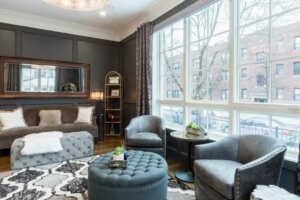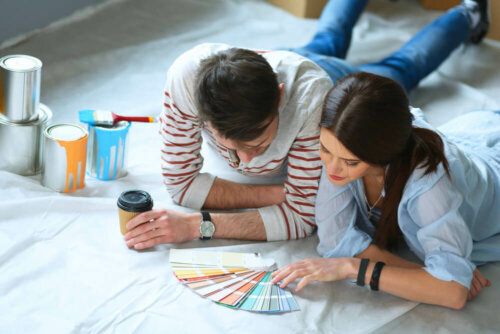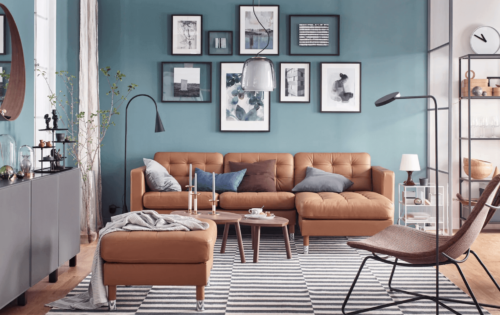How to Define Your Personal Decorative Style

Generally, you want your home to be a reflection of you. So we’re going to take a look at how to define your personal decorative style, how to implement it, what resources you might need, and how to get to work!
The first step is setting a goal. Your home should be comfortable above all else. Feeling comfortable in the space is a requirement for any home.
However, this means you should avoid things that break up the decorative theme. Everything should be organized and coordinated while also considering your tastes and needs.
Step 1 – Understand what you like

We rarely ask ourselves what we would really like in our homes. Usually, there are things we’re always unhappy about, like the style of the living room, the arrangement of the bedroom, or the color choices for the space.
So first, it’s best to make a mental map of what you really want in your home. Defining each element you want is an important step. Consider the type of furniture, the color combinations, decorations, and how you want to place everything.
Then, once you have a general idea about all of these elements, you can create a more personalized approach. However, avoid just copying things you see online or in magazines because these ideas won’t really represent your personal decorative style.
Your home should mirror your personality.
Step 2 – Personality types
To truly get a personal decorative style, you have to look inwards at yourself. For example, you have to know who you are and understand your personality and identity. One good way to start thinking about your decorative style is though looking at your clothing and the colors you gravitate towards.
To get the ball rolling, we’re going to look at some personality traits and how they can play into decorative style:
- Strong-willed people with bold personalities can consider bright colors and unique furniture that’s a little out of the ordinary. This can help create an original look.
- More quirky, whimsical people can show off their hobbies and tastes in a subtle way through color choices and furniture design. If you are more minimalist, design the whole room around this style.
- Calmer people aren’t usually worried about standing out. Consider neutral tones with smaller pops of color that don’t draw too much attention. You can also mix different styles as long as they create a cohesive look.
- If you’re shy, you don’t typically want very expressive interior design. You can go for more subtle elements or use more traditional designs to create a comfortable design.
Step 3 – Defining your personal decorative style

Once you understand how personality influences interior design, then you need to define your personal decorative style.
For example, if you love a certain theme, like cinema, travel, or art, you can use this idea to add to your decor through vinyls, wallpaper, photographs, paintings, or sculptures.
For example, if you’re more modern and avant-garde, you can use sophisticated furniture that’s more minimalist, refined, simple, and linear. However, if you like a more classic look, you can choose pieces that convey that aesthetic.
Step 4 – Choosing colors for your personal decorative style
Colors are a basic way to reflect your personality. Therefore, if you want a bold, carefree look, different warm or cold colors combine to create a cohesive, harmonious look.
On the other hand, if you don’t want too bold of a look, neutral tones are a great choice, such as gray, dark blue, beige, or white. For example, all of them make it easy to create one unified design.
So if you want a dynamic yet relaxed feel, combining different colors is the best option. You can consider different options to create a unique combination!
https://midecoracion.com/casas/como-definir-un-estilo-decorativo-personal/
All cited sources were thoroughly reviewed by our team to ensure their quality, reliability, currency, and validity. The bibliography of this article was considered reliable and of academic or scientific accuracy.
- Quan, Diana: El paraíso es tu casa, Barcelona, Penguin Random House, 2017.








